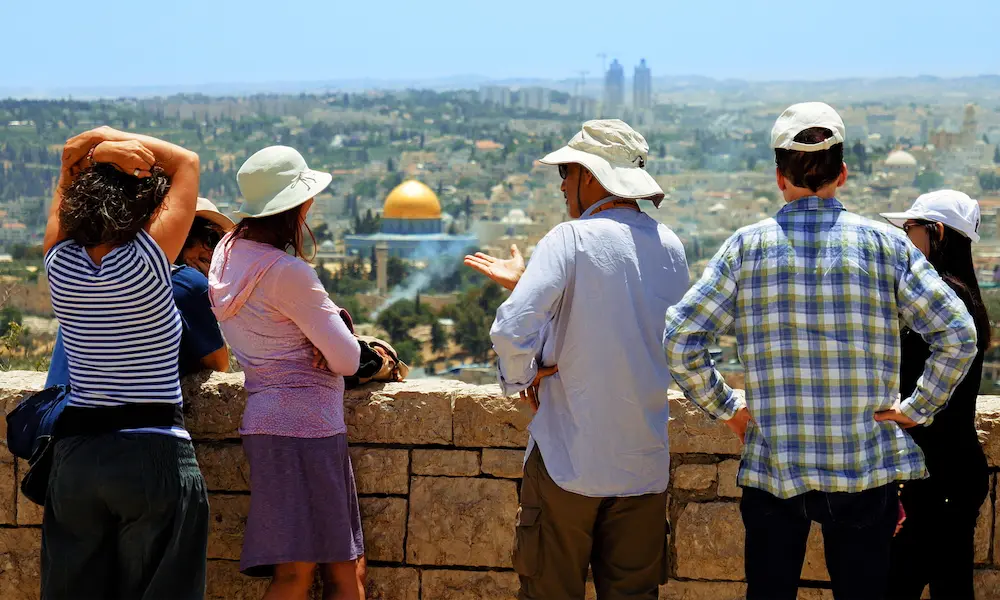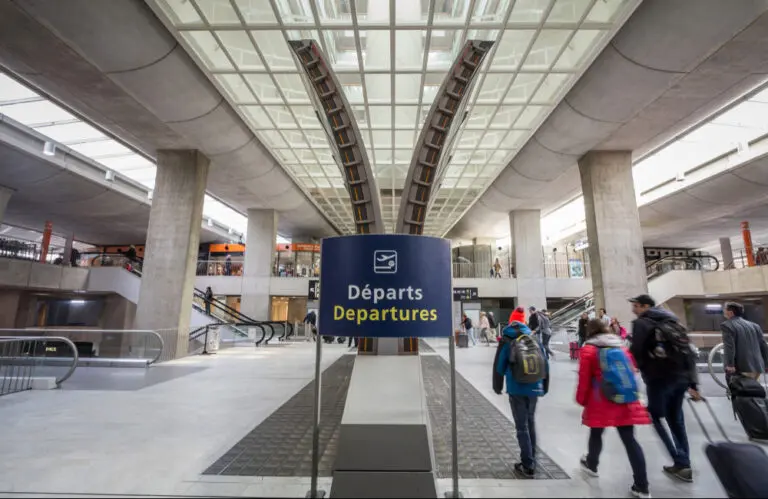After formally recognising a Palestinian state on Sunday (21 September), the Federal Government issued its first travel advice for Palestine this week.
Unsurprisingly, the Department of Foreign Affairs and Trade (DFAT) has placed the highest travel alert level – ‘Do not travel’ (level four) – on the nation comprising Gaza and the West Bank, both of which have been occupied by Israel since 1967.
Created on Monday, the new travel advice recommends that Australians “Do not travel to Gaza and the West Bank (excluding Jerusalem) overall due to the volatile security situation, ongoing military activity, armed conflict, civil unrest and terrorism”.
“If you are in Gaza or the West Bank and a military or security operation occurs near you, take shelter and monitor media. Where applicable, follow the guidance of the Ramallah-based Palestinian Authority,” DFAT says on its Smartraveller website.
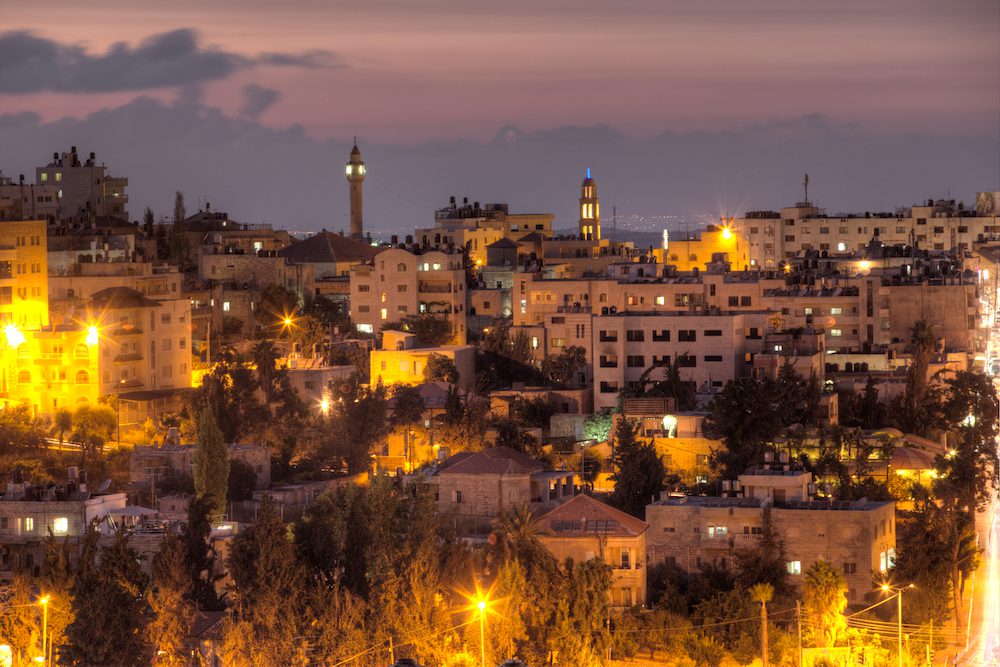
“The security situation in Palestine and in the region is unpredictable. Regional tensions remain high and there continues to be a risk of further military conflict. The security situation could continue to deteriorate at short notice. Terror attacks can occur anywhere at any time, including by lone actors. Be alert to personal safety risks.”
The department also warns there are no flights or sea access in or out of Gaza and the West Bank.
“Entry to Palestine requires passage through Israeli-controlled land or air points of entry, with associated security arrangements. This advice should be read in conjunction with our travel advice for Israel,” DFAT states.
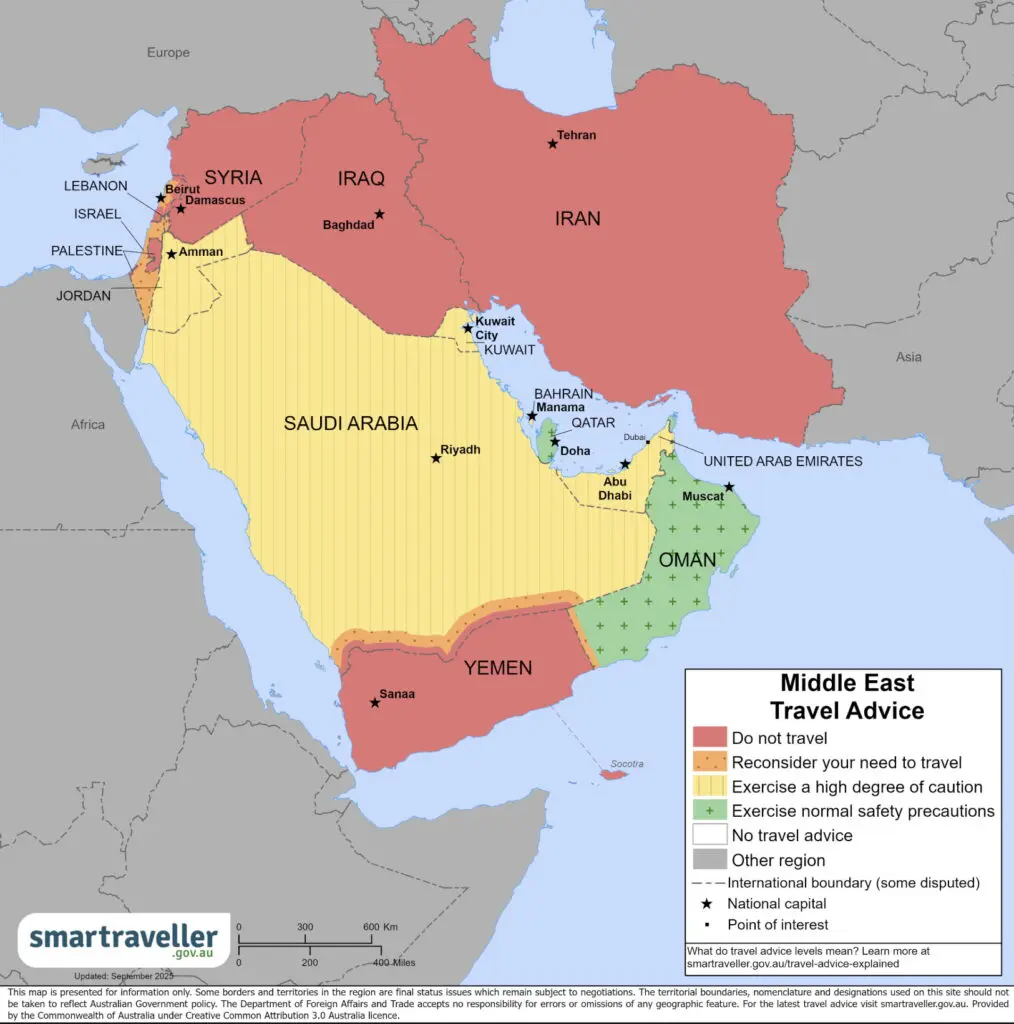
It adds that land border crossings between Palestine and Israel, Jordan and Egypt can be subject to attacks and closed without warning.
In addition, DFAT advises Aussies to “reconsider your need to travel to Jerusalem”, the eastern part of which lies in Palestine.
While consular assistance in Jerusalem is available (via the Australian Embassy in Israel), DFAT’s ability to provide consular assistance elsewhere in Palestine is “extremely limited”.
The UK and Canada also issued travel advice for Palestine this week after recognising its statehood.
Israel guidance refined
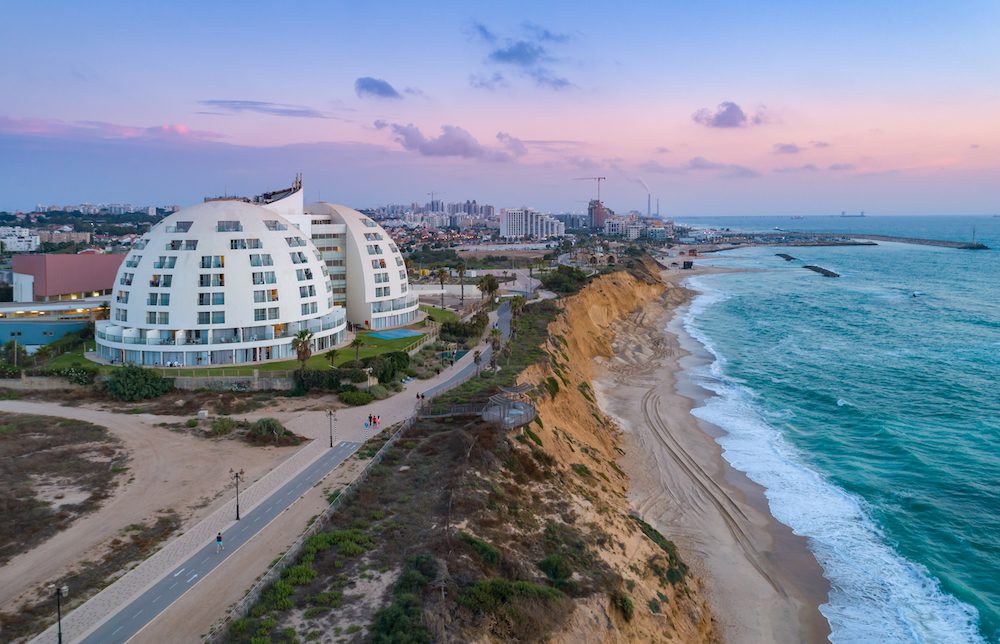
With the recognition of Palestine, DFAT has also changed its travel advice for Israel, removing “Occupied Territories” from its warnings.
The travel advice level for Israel remains at level three (“Reconsider your need to travel”), following the government’s decision to lower its overall warning level for the Middle Eastern nation in July.
“Overall, the department continue to advise reconsider your need to travel to Israel overall due to the volatile security situation, armed conflict, civil unrest and terrorism,” DFAT states.
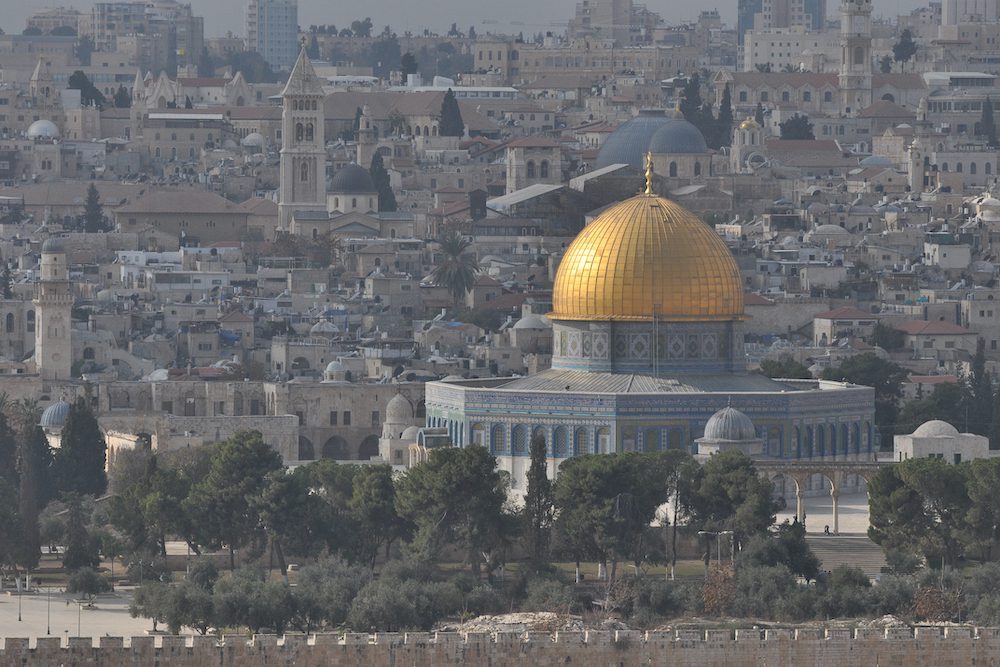
Recognised by most United Nations (UN) member states, Palestine won’t be at the top of anyone’s list of places to visit in the near future. But its religious sites – like the Church of the Nativity and The Dome of the Rock – hold great significance to Jews, Christians and Muslims.
In its summary, Lonely Planet says the Palestinian Territories have “long been an unorthodox stop on a Middle East itinerary”, with tours focusing on Jerusalem and Bethlehem. On TripAdvisor, destinations extend to the cities of Ramallah and Jericho.



